Science Behind Masks
January 18, 2021
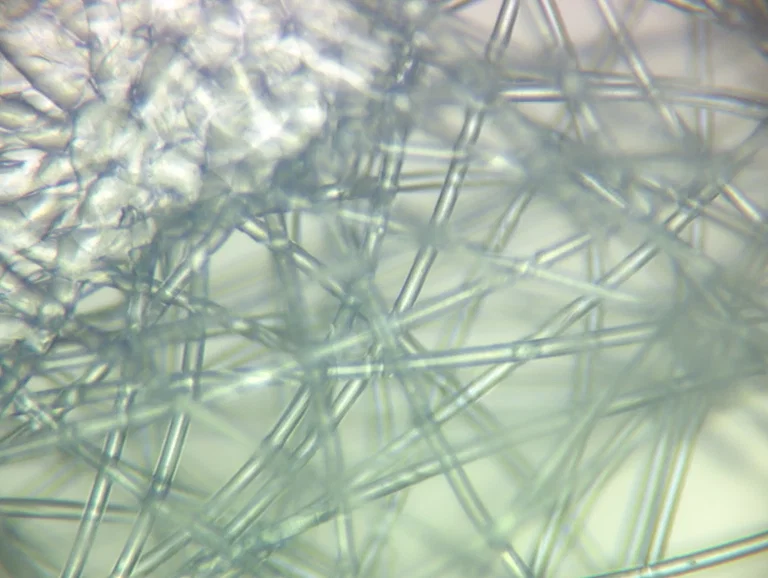
Masks may help out to stop the spread of the coronavirus but have you ever wondered how they actually work?
Masks are made out of many fabrics and come in many different sizes but it is most important to wear a mask that fits you properly which means it should have a good snug fit all the way around the edge. The best mask to get would be the N95 which is a solid piece of fabric which is better than woven material for masks according to the New York Times.
Many people think that masks reduce the amount of oxygen you get. With Mark Swinford a millwright at the Rapids Paper Mill said “masks are bad because they reduce the amount of oxygen to your body and cannot expel the waste/carbon dioxide.” But according to Webnb.com they do not reduce the amount of oxygen your body gets.
Some masks even have a valve which makes it easier to breathe which is good, but the bad part about these masks is that they may make it easier to breathe but they don’t stop nearly as many germs that the traditional masks would such as the woven and nonwoven fabric masks.
So in conclusion masks do help out with the spread of the coronavirus and they do not reduce the amount of oxygen that your body gets even if they are unpleasant to wear.


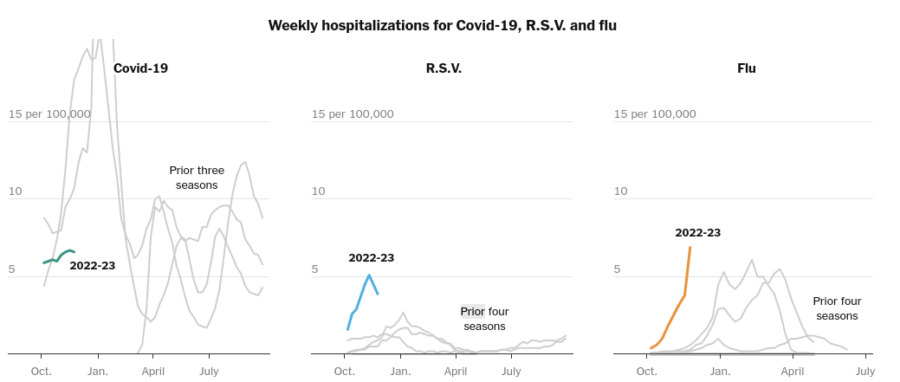

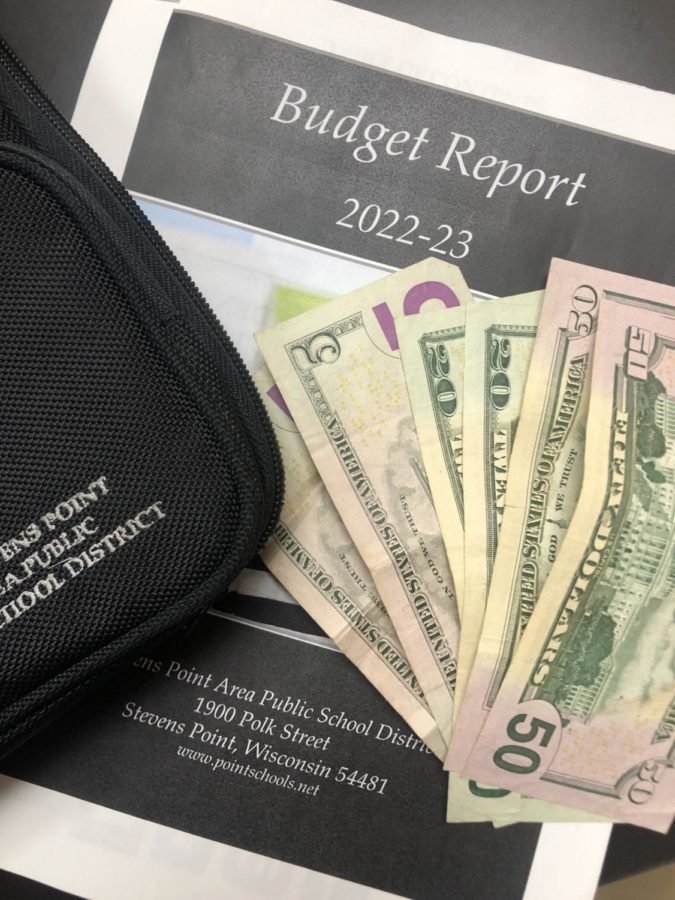

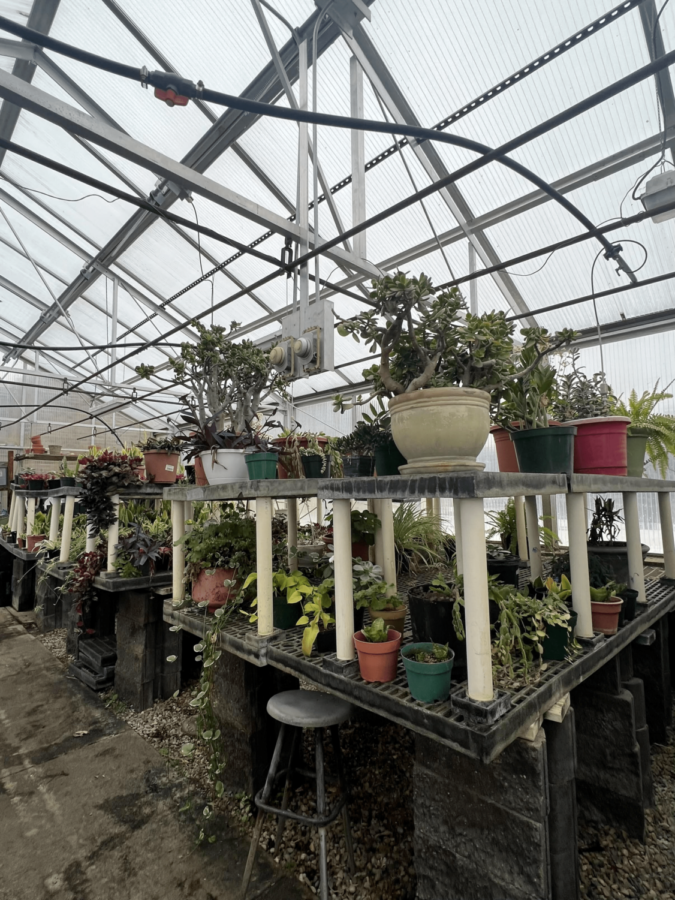







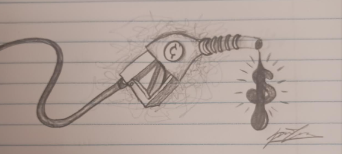


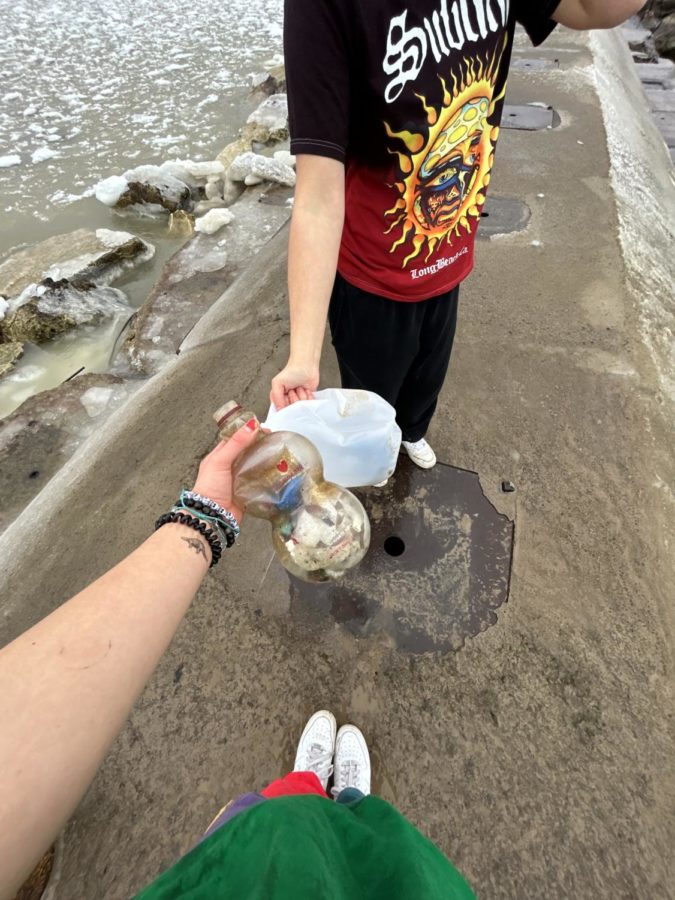




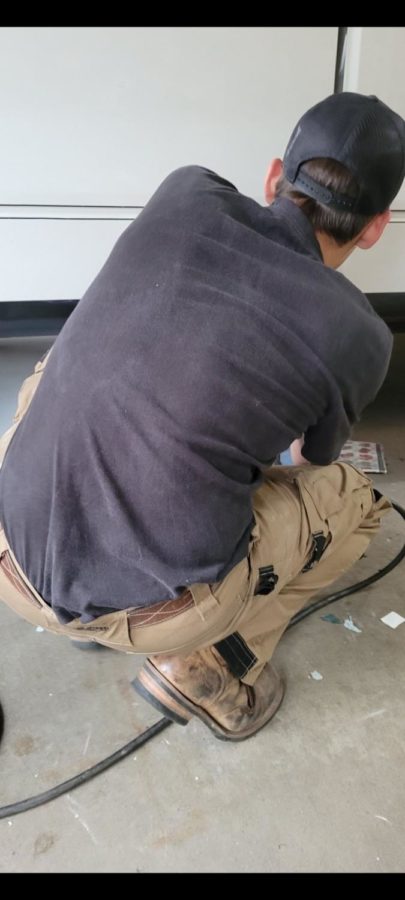







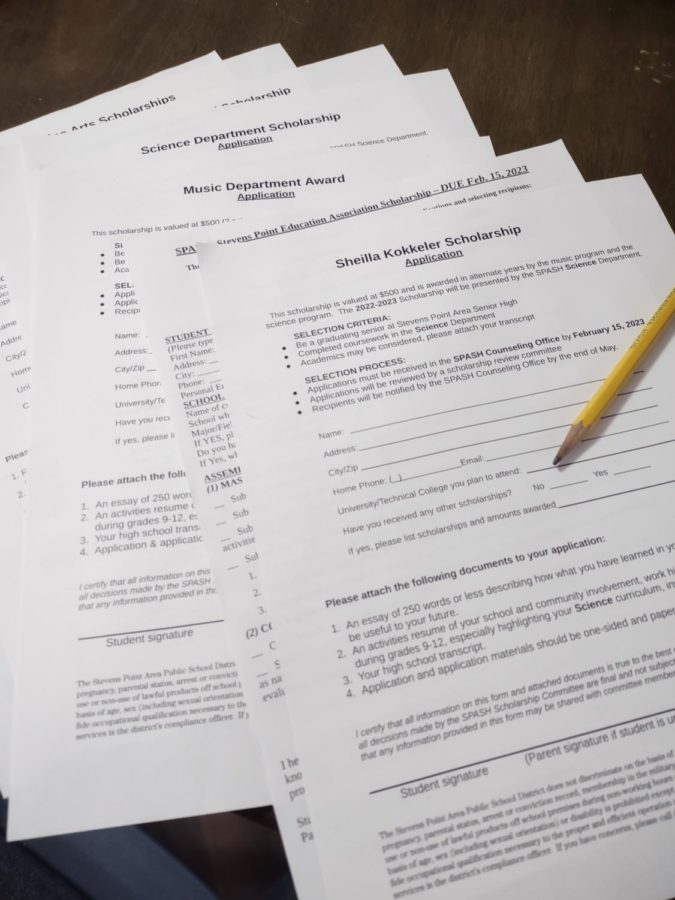



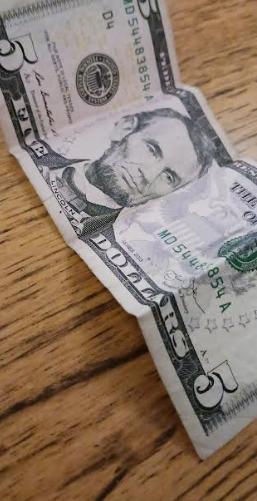
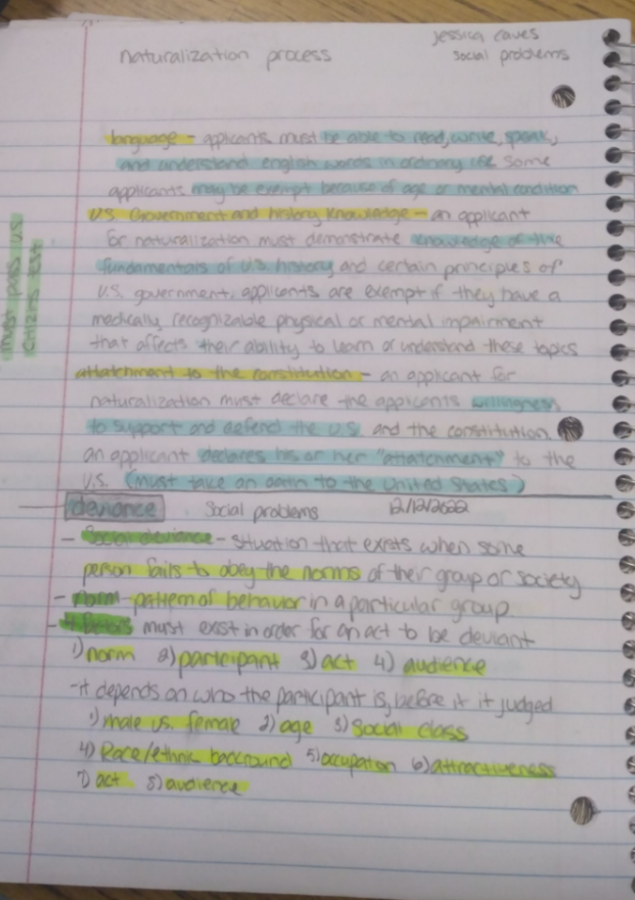
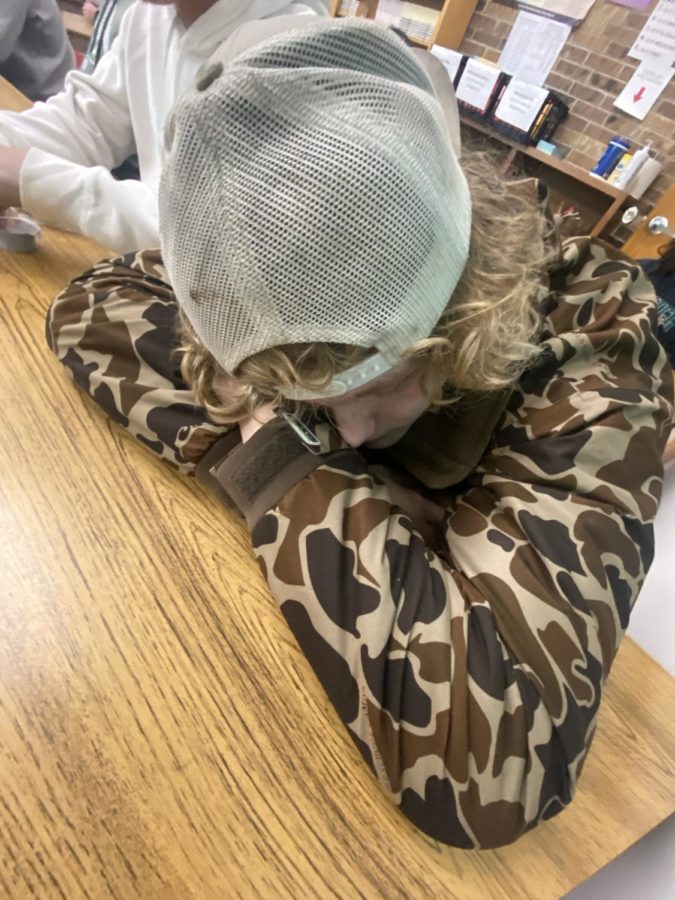





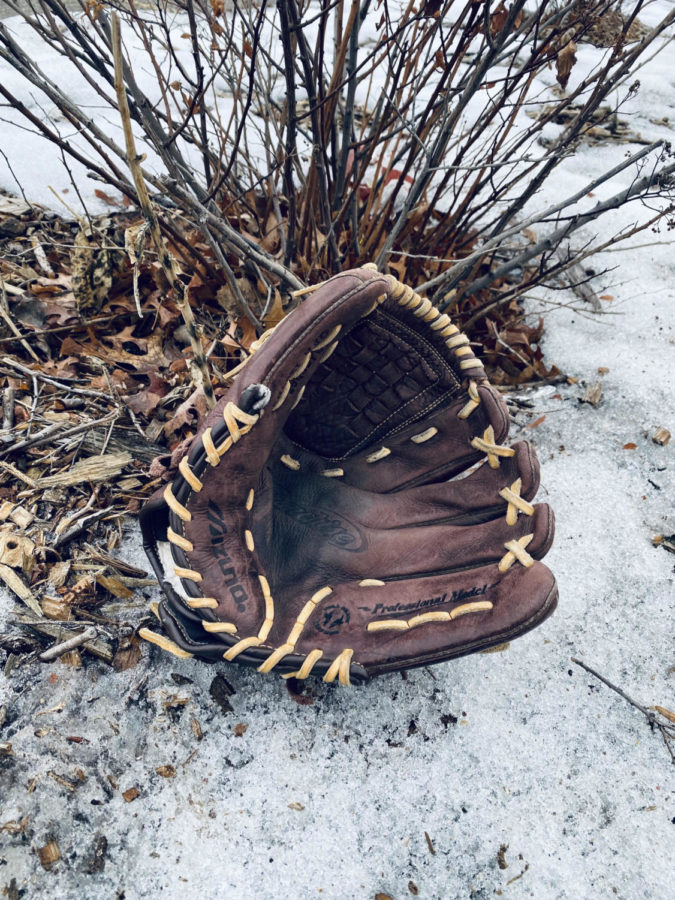




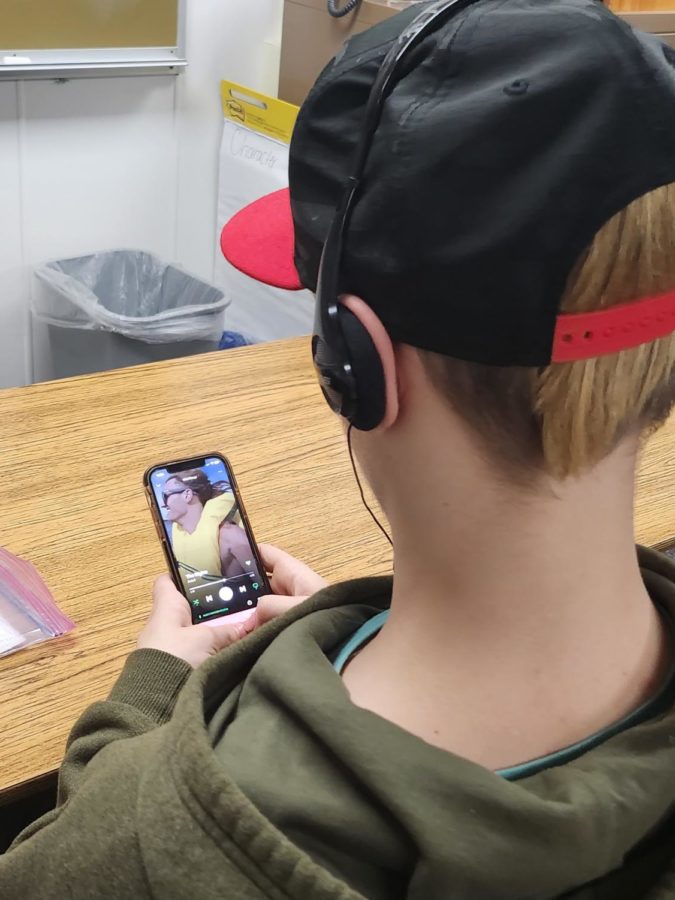

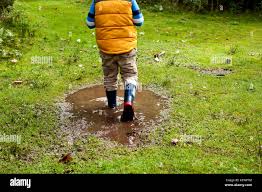
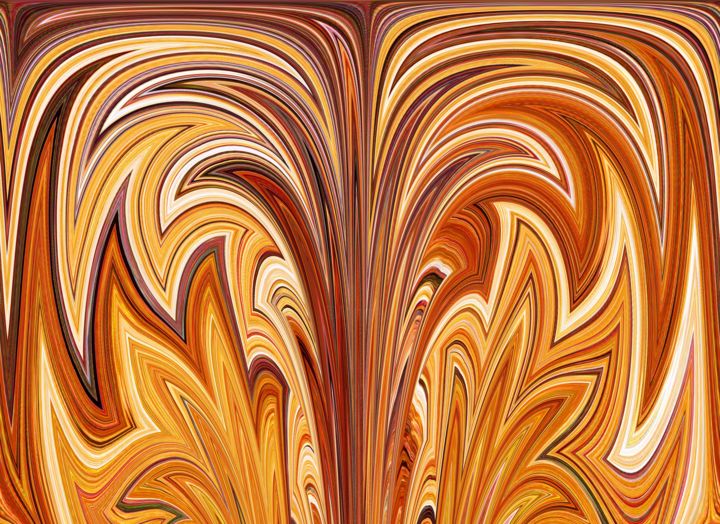









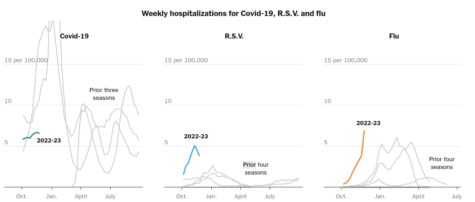




Katrina Cisewski • Jan 21, 2021 at 8:45 PM
I like the picture that you used for this article it looks really cool and is something I haven’t seen before. There are many different types of masks and it’s hard to know which kind will work best.